Road trips in an electric car? Here are 5 things to remember
From planning the route to getting RFID cards for charging service providers to even using regen and cruise control, here are five tips that will help you on your next road trip with an EV. And yes, you can road trip with an electric car in India
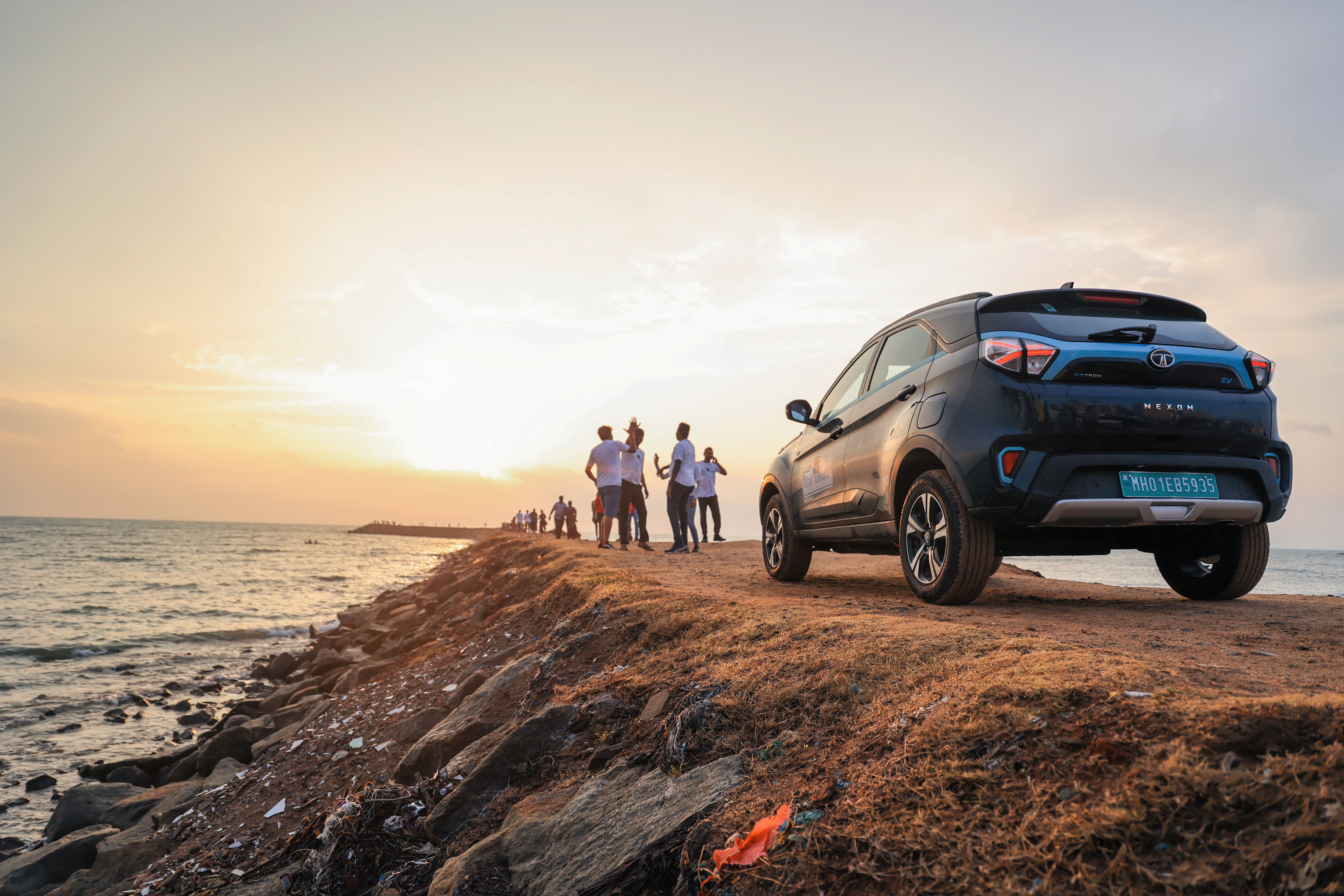 Here are 5 things to remember when you road trip with an EV
Here are 5 things to remember when you road trip with an EVPerhaps the biggest concern with buying an electric car today is whether you can take it on a long drive. Earlier this month Team evo India drove from Kashmir to Kanyakumari in the Tata Nexon EV to find out if India is ready for road trips in an electric car. From route planning to topping up the charging apps, getting RFID cards and driving sensibly here are our top five things to keep in mind while doing a road trip in India with an electric car.
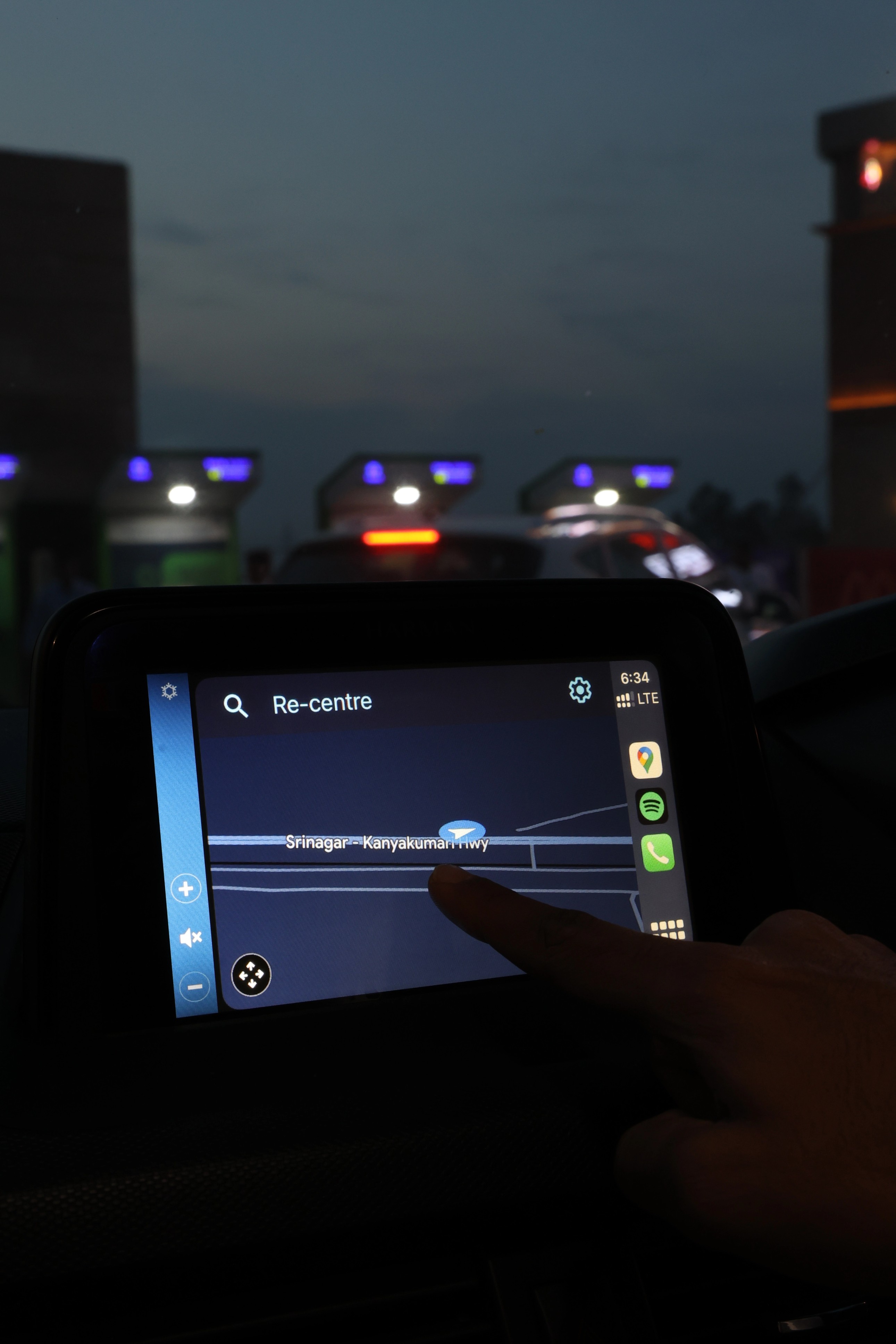 Google Maps shows electric car chargers enroute
Google Maps shows electric car chargers enroute1. Plan your route
Remember how we used to sit down with markers and physical maps in the good ol’ days, planning out the route before hitting the road on a holiday? Road tripping with an EV calls for a similar level of pre-drive preparation. We are not talking about physical maps, everything is available online, but it will do you good to spend a few hours chalking out the route and then mapping out all the charging stations. I will also recommend locating alternate chargers in case of any contingencies with your primary charger.
As a reference, here’s how we planned the route for the K2K drive with the Tata Nexon EV and mapped out all the chargers on Google Maps.
https://www.google.com/maps/d/u/1/edit?mid=14X95o_tqQaSrq4nLIdzI_-pZl88VXwY&usp=sharing
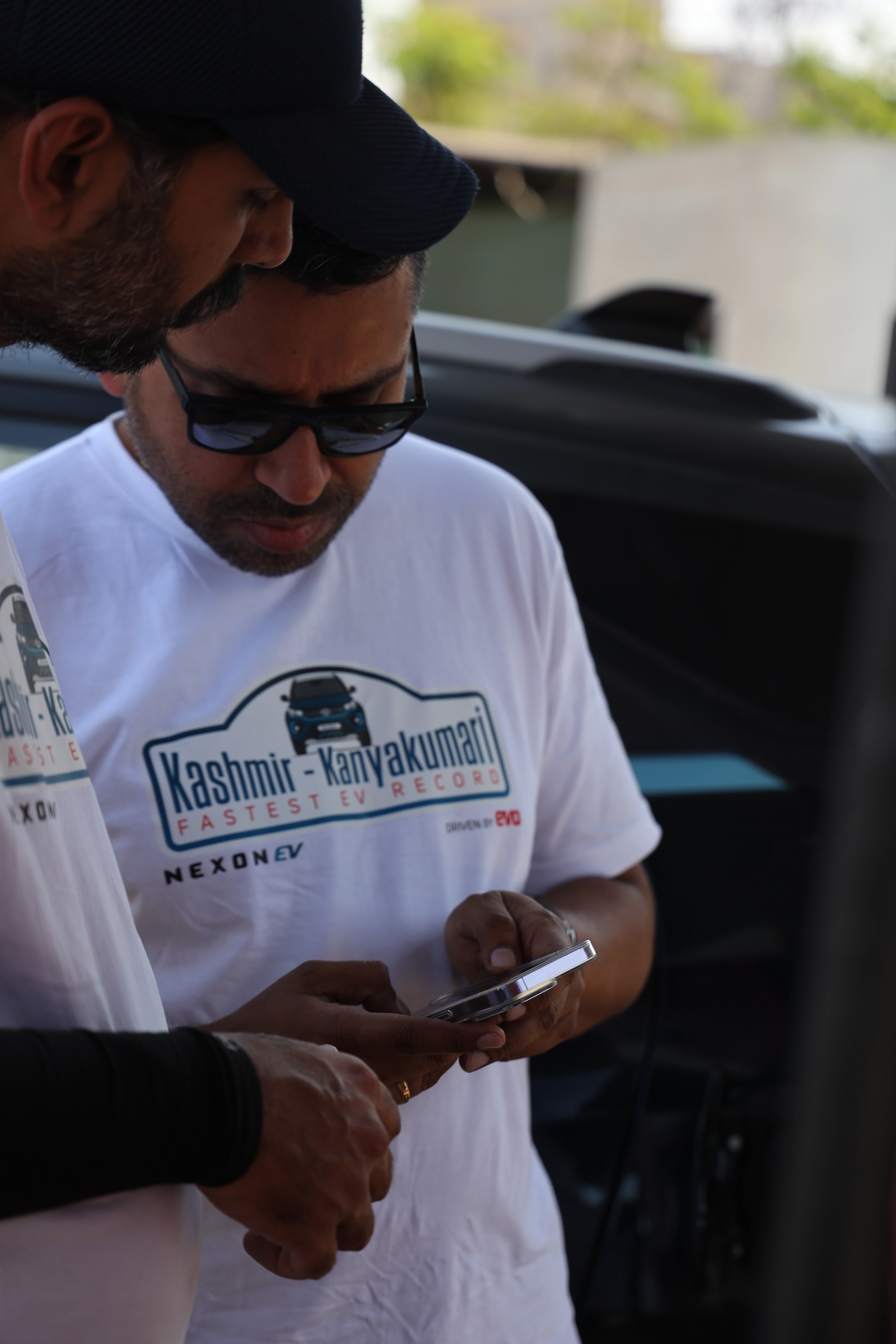 Add balance to your EV charging apps
Add balance to your EV charging apps2. Top up your charging apps
If you have a multi-state road trip planned you will be using multiple charge providers. Tata Power has the most extensive charging network in the country but some of the other players do provide more convenient alternatives. Some are located at a food mall, or right on the highway avoiding a detour into the city.
Then there is the valet service. Hop Charge for instance will come to you. Send them your location and they will send their van with a fully topped up battery to juice you up (not a diesel generator). This came in handy as the Trans Haryana expressway is way too new to have charging stations and so we got Hop Charge to meet us at Mandhwal and Kotputli to top up the Nexon EV. This saved us a lot of time, skipped a lot of traffic, and allowed us to explore a new road as well.
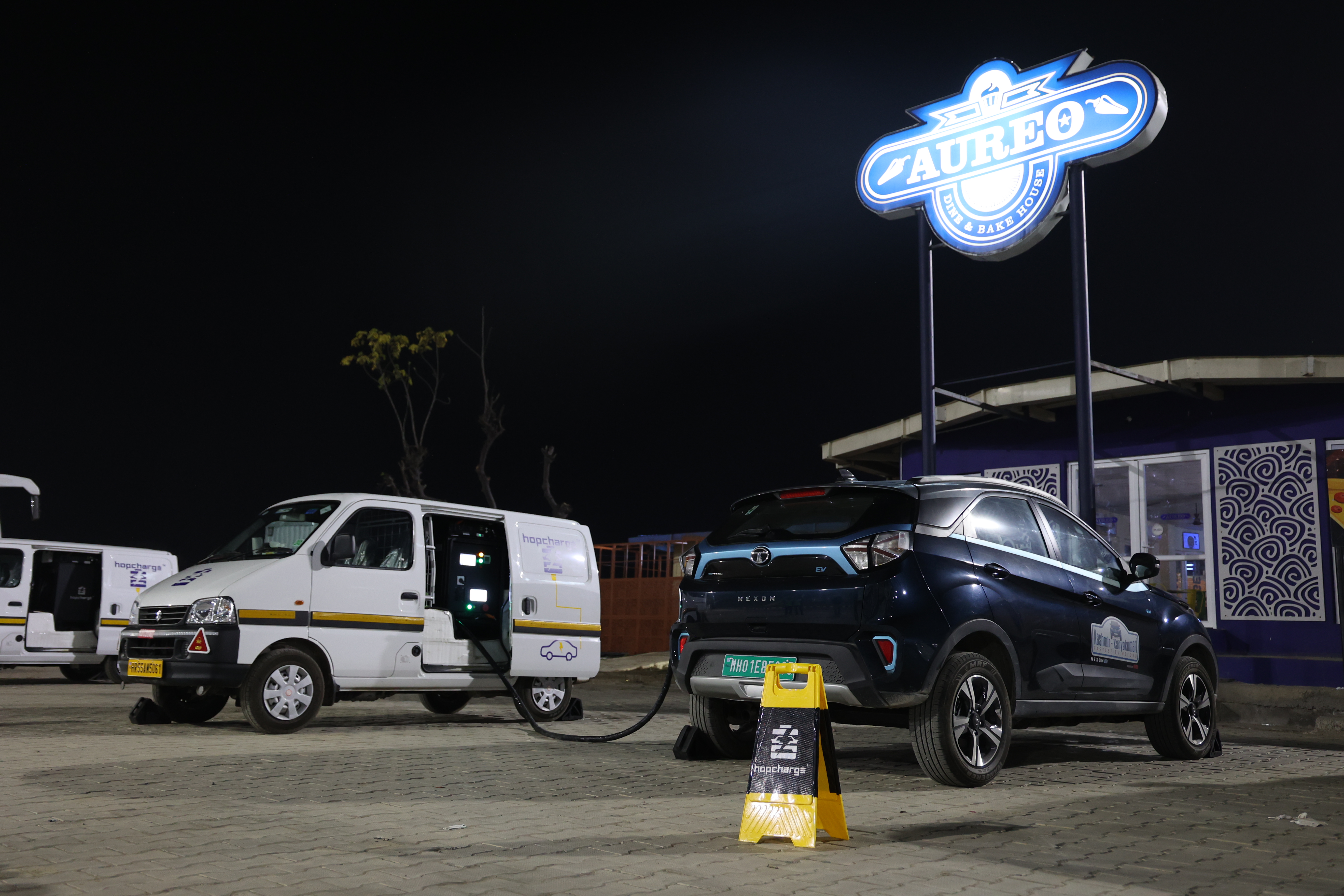 Hop Charge is a valet service that can charge up your EV with a battery
Hop Charge is a valet service that can charge up your EV with a batteryIn the south, Zeon Charge’s DC fast chargers are located at rather nice food malls so you can dig into crispy butter dosas and filter coffee while the car charges up. We also used Charge Point in Gujarat and had planned to use the Jio-BP charger at Ankleshwar except some smart driving meant we could skip that stop altogether and get to Vapi.
Fact is you will have nearly a dozen charging apps on your phone and all of them will be loaded with money, which is not refundable. There’s no way of avoiding that.
3. Get an RFID card
India always presents you with interesting challenges! On the K2K drive, the day we drove through Rajasthan the internet was switched off because of a competitive exam (for class three school teachers of all things!). And you need internet to scan the QR code on the charger and start the charging. That’s where the RFID cards come in handy, just tap the card on the charger and begin the charging. This will also come in handy in the city if you are having mobile network troubles.
You will need to apply for separate RFID cards for each of the chargers and it is an inconvenience. But this is infinitely better than being stuck at a charger and being unable to activate it. This was one of the big take away from the K2K drive.
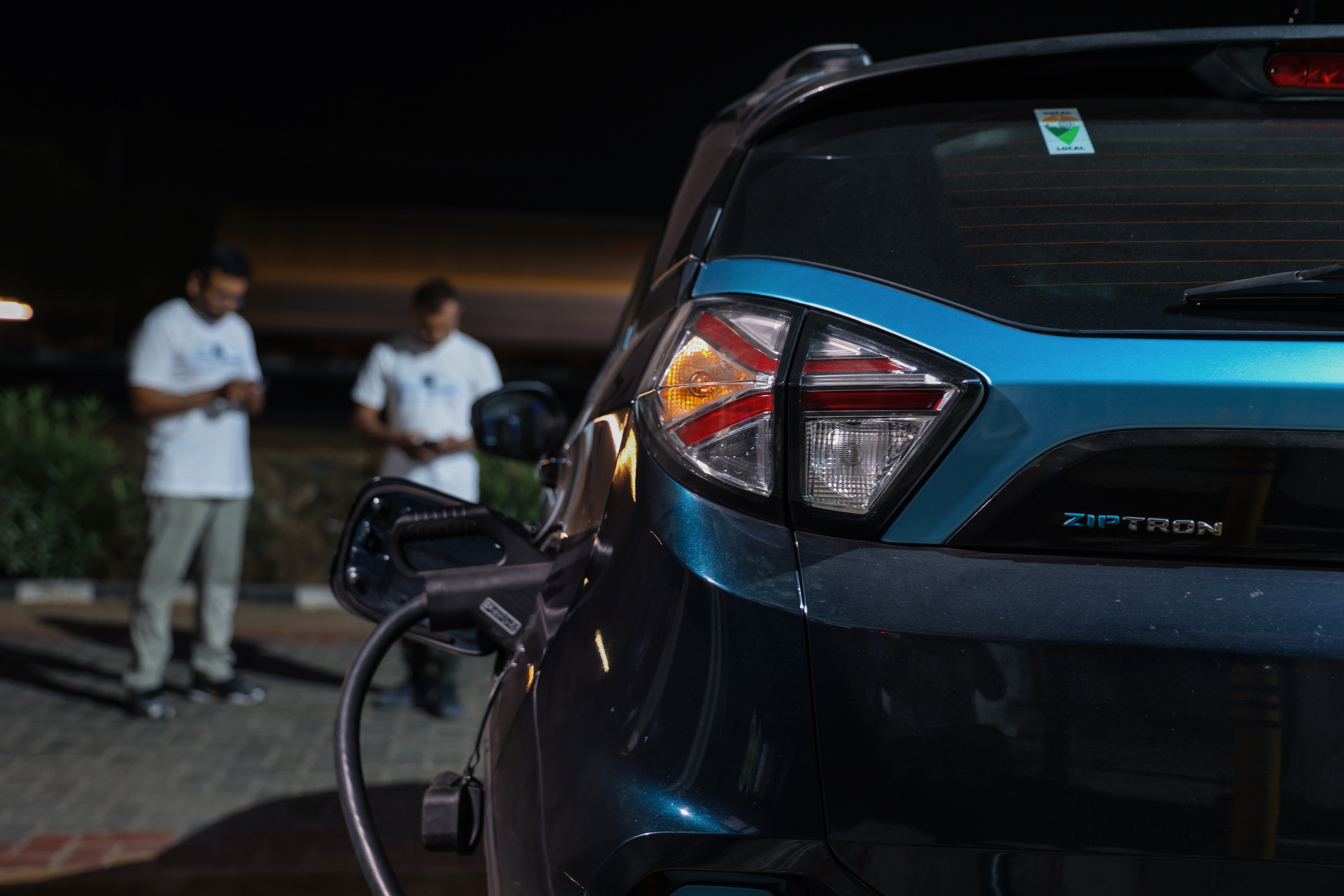 It is better to align lunch stops or bio breaks with charging stops
It is better to align lunch stops or bio breaks with charging stops4. Plan how you will kill time
It will be silly to spend an hour over lunch and shortly after that top at a charger and spend another hour charging your car. Plan your route so that you use chargers located at food malls and plan your breakfast, lunch, tea and dinner stops to coincide with when the car will be charging. This includes bio-breaks. That way the waiting won’t irritate you. It sounds obvious but sometimes it is the most obvious things that skip our attention. You should also plan your overnighters at hotels that have chargers which again will use your time efficiently.
5. Shut the sunroof
If you can buy an EV without a sunroof, that will be even better. Why? The sunroof lets more sunlight into the cabin thus heating it up and thus making the air conditioner work harder, and that is a drain on your battery charge. Shutting the sunroof will cut the heat entering the cabin thus reducing the load on the air-con. The air-con will drain the least out of the battery when it’s obviously completely switched off. But that’s impractical and we recommend running it at 24 degrees.
That said, while cutting through Gujarat and Maharashtra during the K2K run, with the summers upon us, we ran the air-con at 21 degrees and even ran the seat ventilation. Getting 10km more of range at the expense of a sweaty back and tiring yourself out is just not worth it.
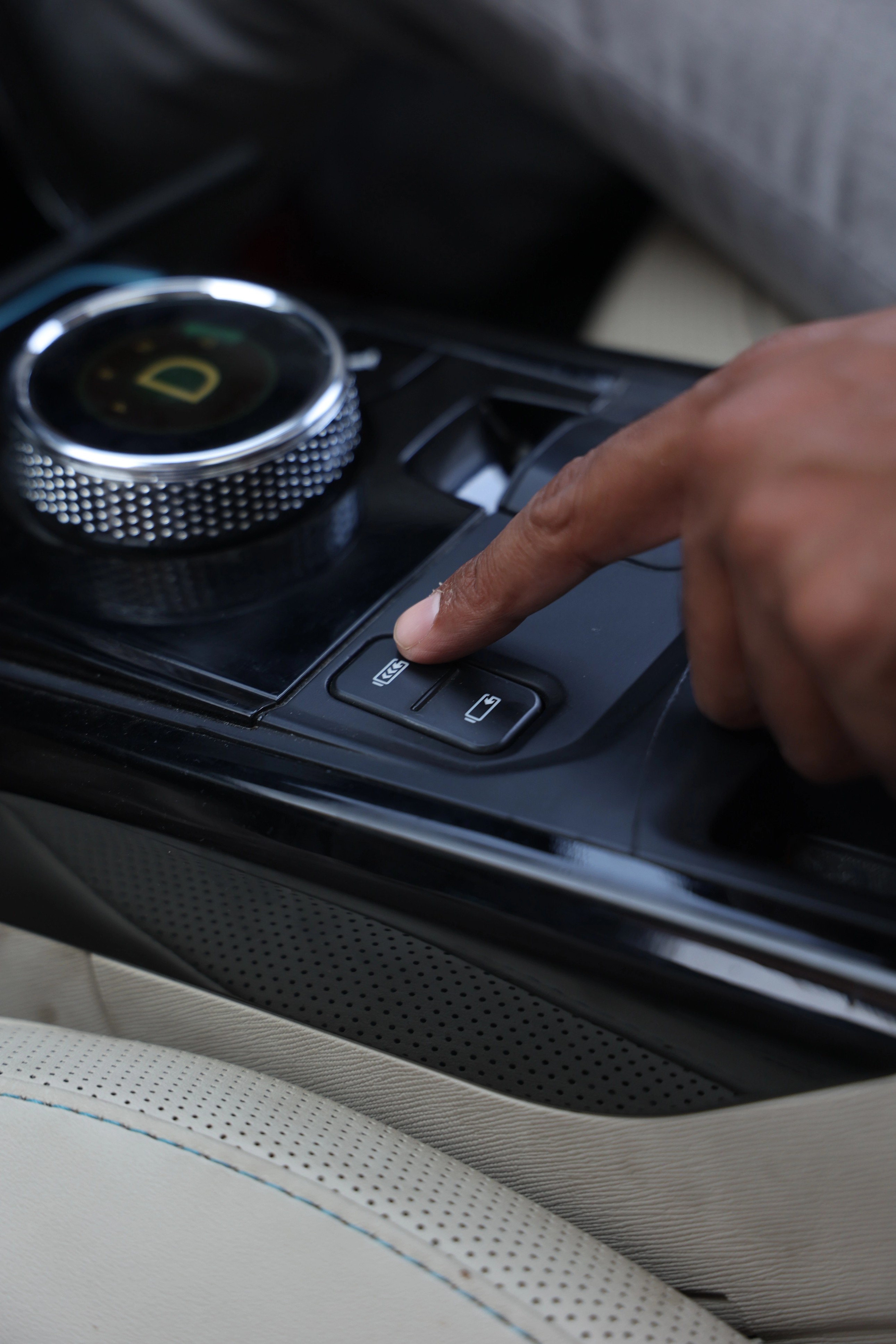 Use regen effectively for better range
Use regen effectively for better rangeAnd an additional tip. Use regen and cruise control
70kmph is the sweet spot for electric cars like the Tata Nexon EV where you will get an optimum balance of range while making quick and steady progress. You don’t have to stick to the slow lane at 60kmph while trucks and busses over take you. And by all means use all the torque of the electric car to effect quick overtakes. Occasional surges into triple digit speeds is fine, and then use regeneration to bring you back down to 70-80kmph. On flat roads regen has limited use, but it’s still a good idea to use it. On the K2K drive we kept the Tata Nexon EV in the regen setting number 2. The third setting we found to be too aggressive. And then when you see traffic slowing down you get off the throttle and let the regen slow the car down, harvesting that kinetic energy and sending it back to the batteries. In the hills regen works brilliantly while going downhill, and here we recommend level 3 regen. Uphill, as you probably are already aware, is terrible for battery range. And remember the less you use the friction brakes, the better it is for range.
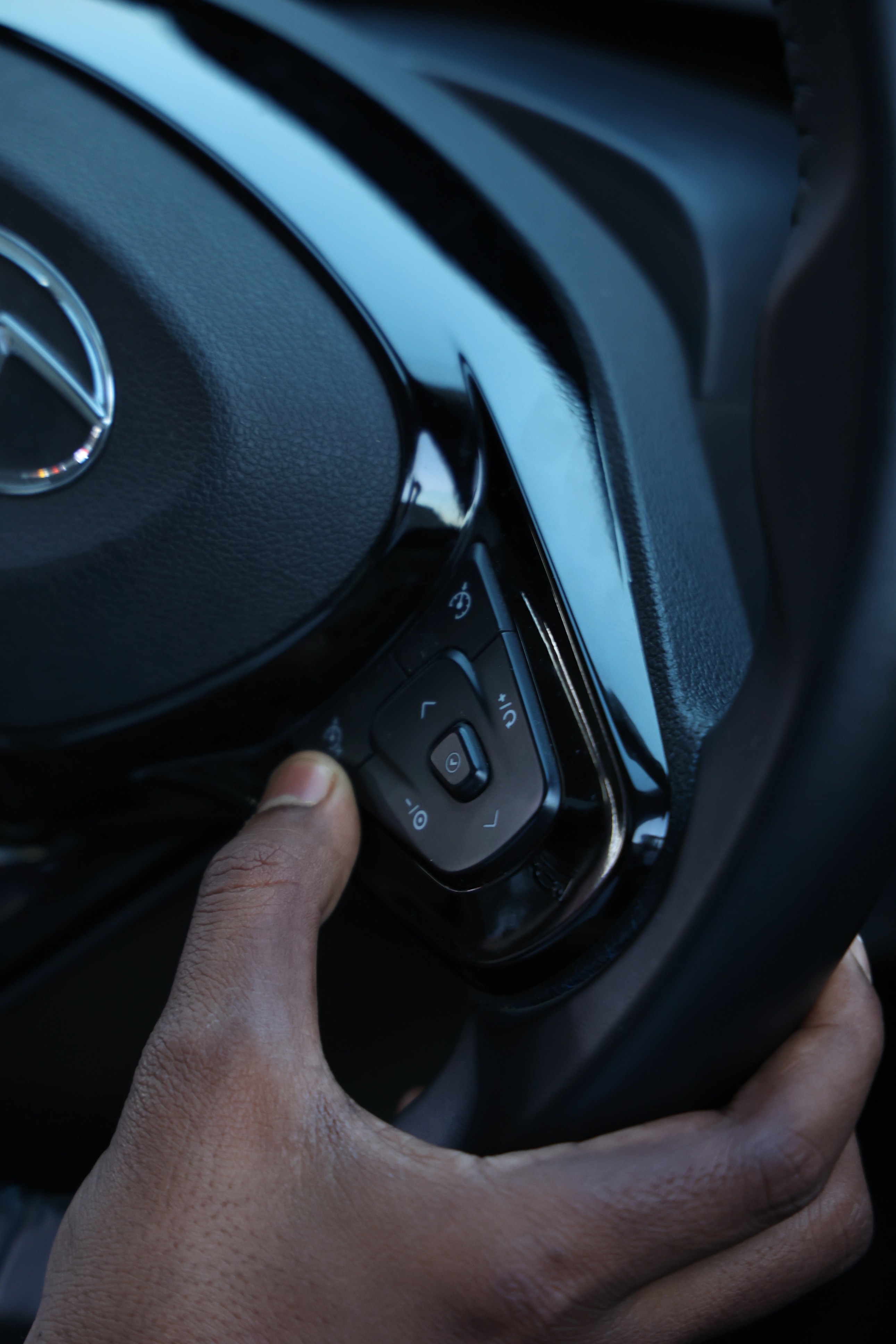 Cruise control helps to increase range
Cruise control helps to increase rangeCruise control on electric cars are also rather sophisticated and the algorithms work out the best way to harvest energy. On open highways we fully recommend using it. That said, sticking it in cruise control at 120kmph is not helpful and will drain your battery rather quickly.


